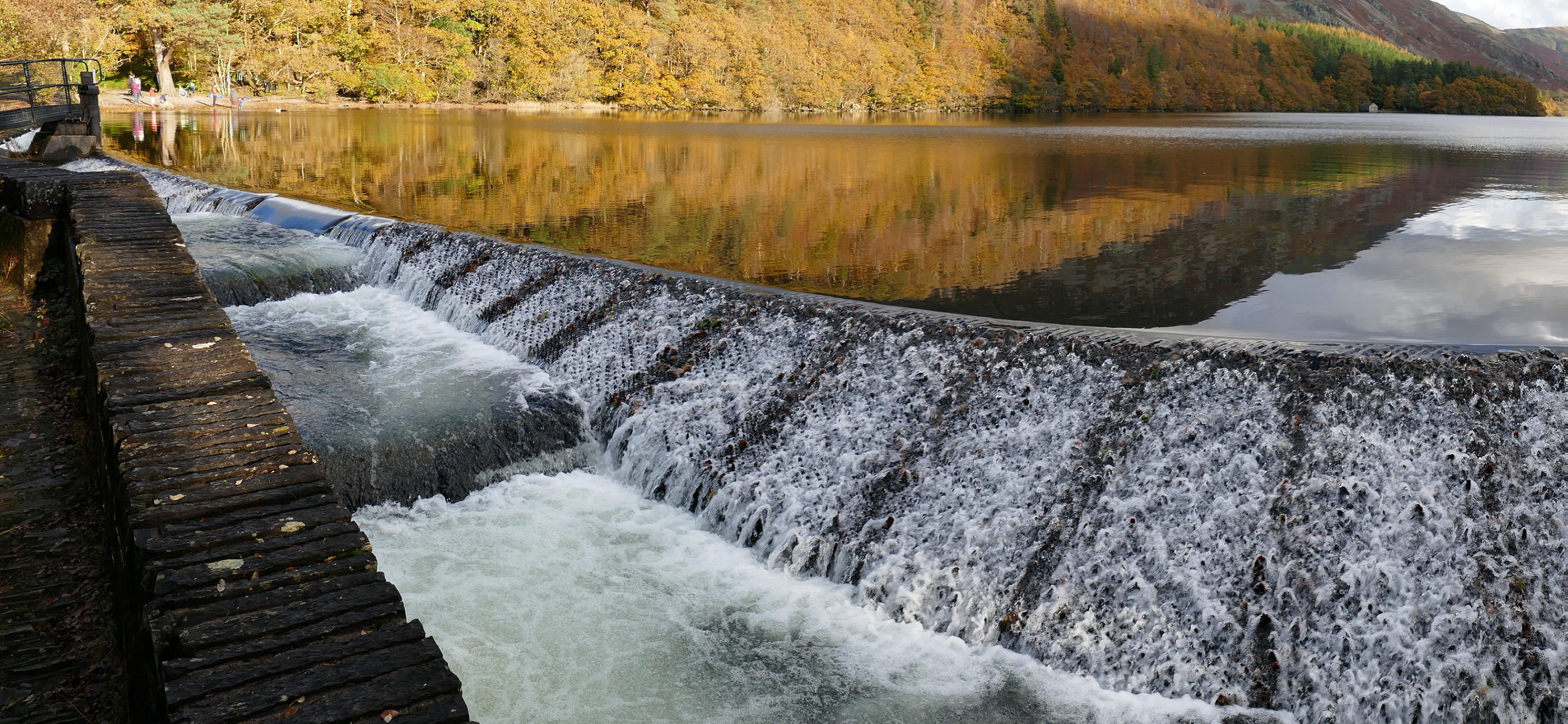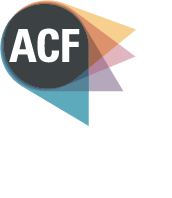Improving fish pass design with computational fluid dynamics (CFD) and behavioural models of eel movement

Tom Padgett is nearing the end of his PhD research, sponsored by JBA Trust, into how weirs, fish passes and hydro-electric plants can best be configured to avoid disruption to eel and fish migration.
Tom recently published results of his research in the Royal Society Open Science Journal. The paper is open access, so anyone can read it for free.
In his PhD research, Tom used a combination of two types of model, Computational Fluid Dynamics (CFD), and agent-based models of the swimming behaviour of elvers, to understand the “passability” of different eel tile layouts. The flexibility of computational modelling was used to test different eel tiles at different installation slopes, under several different water flow rates, and for different elver and eel life stages.
Tom found that overall, passage efficiency decreases with increasing discharges (flow) and steeper installation angles; it increases as elvers get larger, and older.
The research provides specialists and regulatory authorities with practical criteria to inform and optimize the design and implementation of studded eel passes.
More details about the project and outputs are available here.
Tom’s research project was funded, with our help, through the EPSRC Centre for Doctoral Training in Fluid Dynamics at the University of Leeds. Academic supervision was by Dr Robert Thomas and Dr Duncan Borman at the University of Leeds, with support from Dr David Mould of JBA Consulting.

